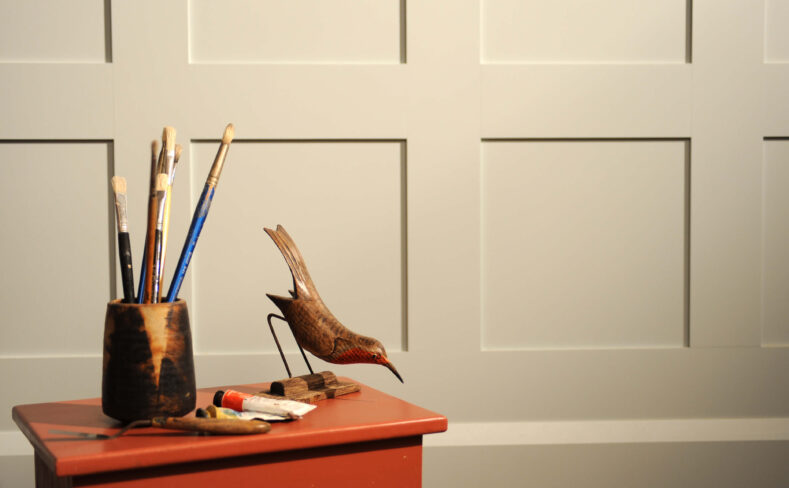
Is MDF Wall Panel or VJ Panel More Suitable for You?
In the world of interior decoration, choosing the right materials is a crucial step in creating the ideal space. As two common decorative materials, MDF wall panels and VJ panels each have unique characteristics and uses, providing different options for decoration projects. Whether you are pursuing modern fashion or traditional warmth, knowing the difference and contrast between MDF wall panels and VJ panels will help you make an informed decision.
This article will provide an in-depth look at the materials, appearance, uses, and pros and cons of both materials, designed to help you make a clear choice for your decorating project. Let’s take a look at how they compare.
Related Articles
WPC Wall Panel: Blending Elegance, Functionality and Innovation
PVC Wall Panel: Beautiful and Functional Interior Decoration
A Guide to WPC vs PVC Wall Panels
I. What is MDF?
MDF wall panel is an interior decoration material. It is a board made of medium density fiberboard (MDF) and is commonly used for wall covering and decoration. MDF is a synthetic material that is processed from wood fibers and adhesives through high temperature and pressure. During the manufacturing process, wood fibers are compressed into a board of uniform density, hence the name MDF.
MDF wall panels have a smooth and flat surface, and can be decorated by painting, laminating, skinning, etc., providing a wealth of design and style options. It can imitate the grain and texture of wood, and it can also present other decorative effects, such as stone, tile, etc.
MDF wall panels are widely used in interior decoration, and can be used for wall decoration in living rooms, bedrooms, restaurants, offices and other spaces. Because of its flat surface and easy processing, it can be cut, engraved and customized according to design needs. However, it is important to note that MDF siding is not suitable for use in wet environments, as moisture may cause it to swell and become damaged.
In short, MDF wall panels play an important role in interior decoration with their flat surface, rich decorative effects and plasticity, giving the space unique beauty and style.
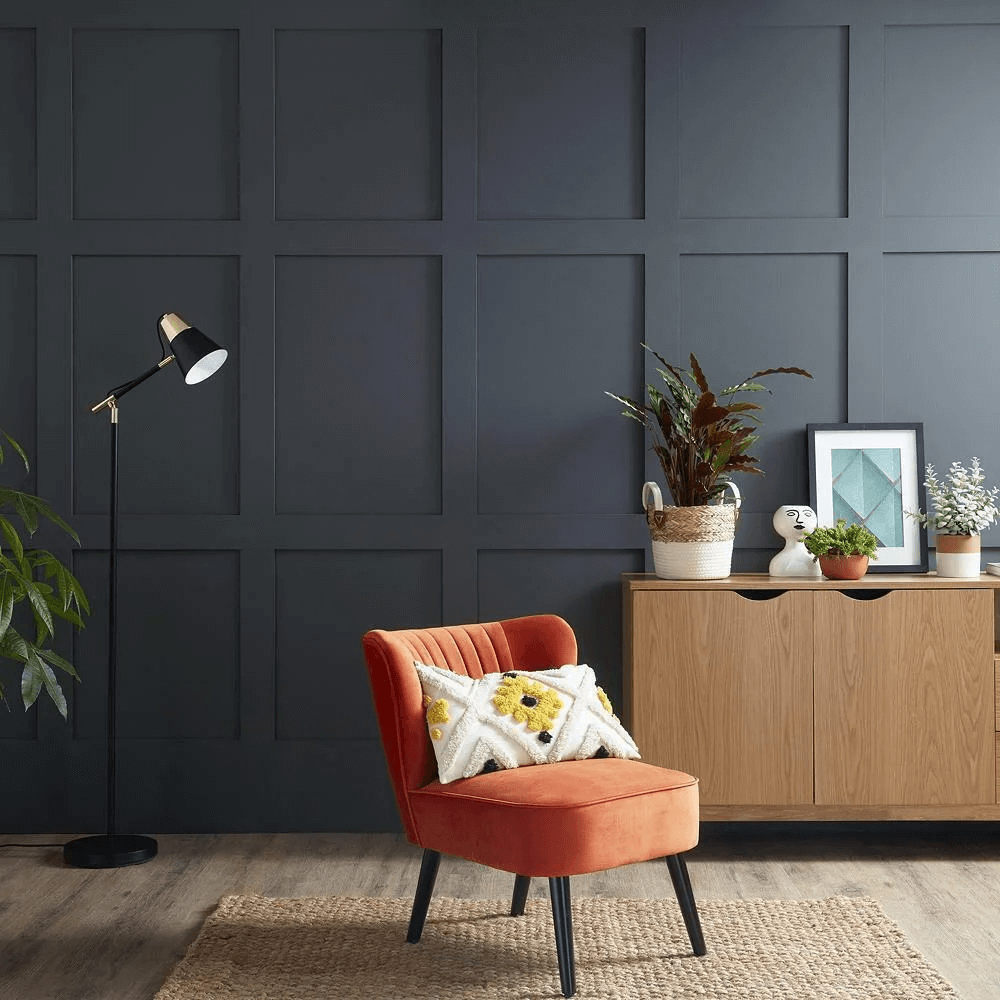
II. What are the advantages and disadvantages of MDF?
Advantages
1. Smooth surface
MDF wall panels have a smooth surface and are suitable for various decoration methods such as painting, stickers, and spraying to achieve various appearance effects.
2. Easy to process
MDF wall panels are easy to cut, carve, drill and engrave, so a variety of complex designs and decorative effects can be achieved.
3. Strong stability
MDF wall panels are composed of fibers and adhesives, so they change less in size and shape than solid wood and are not susceptible to moisture, expansion or contraction.
4. Environmental protection
Because MDF is made by pressing wood fibers and glue, it does not require large amounts of solid wood, thus helping to reduce the need for natural trees. In addition, using MDF can also utilize wood processing by-products and reduce waste.
5. Uniform texture
The fibers of MDF wall panels are evenly distributed during processing, so their surface flatness and texture uniformity are high.
6. Affordable
Compared with solid wood wall panels, the manufacturing cost of MDF wall panels is relatively low, so it has the advantage of being economical.
7. Highly decorative
MDF wall panels can be decorated in various ways, such as spraying, printing, engraving, etc., making them suitable for different interior design styles.
8. Sound insulation performance
Due to the high density of MDF wall panels, they have a certain sound insulation effect and help reduce the transmission of indoor and outdoor sound.
The surface of MDF wall panels is smooth and absorbs paint better, so it can achieve better painting results.
Disadvantages
1. Easily absorb moisture and swell
Due to its fibrous structure, MDF wall panels tend to absorb moisture and swell in high-humidity environments, which may cause deformation, cracking, or peeling.
2. Not resistant to moisture
Due to its fibrous structure, MDF wall panels can become damaged when exposed to moisture for extended periods of time, causing warping, rot, or mold growth.
3. Intolerant of heavy pressure
MDF wall panels are relatively soft and cannot withstand heavy pressure, and are prone to dents or scratches under pressure.
4. Not suitable for outdoor use
Due to its moisture-intolerant and easily damaged nature, MDF wall panels are not suitable for use in outdoor environments, especially if exposed to rain or sunlight.
5. Formaldehyde is released
Some cheap MDF wall panels may use adhesives that contain volatile organic compounds such as formaldehyde, which can cause indoor air quality issues. This is something to pay special attention to, especially on new installations.
6. Difficulty in edge processing
The edges of MDF wall panels tend to absorb water, so special care is required when performing edge treatments (such as painting, welting) to prevent the edges from absorbing moisture and swelling.
7. Not resistant to high temperatures
MDF wall panels cannot withstand high temperatures as their adhesives may be damaged, causing the material to deform or release harmful gases.
8. Environmental issues
Making MDF requires the use of glue and energy, some of which may contain harmful chemicals. Additionally, mass production of MDF may also have a negative impact on the environment.
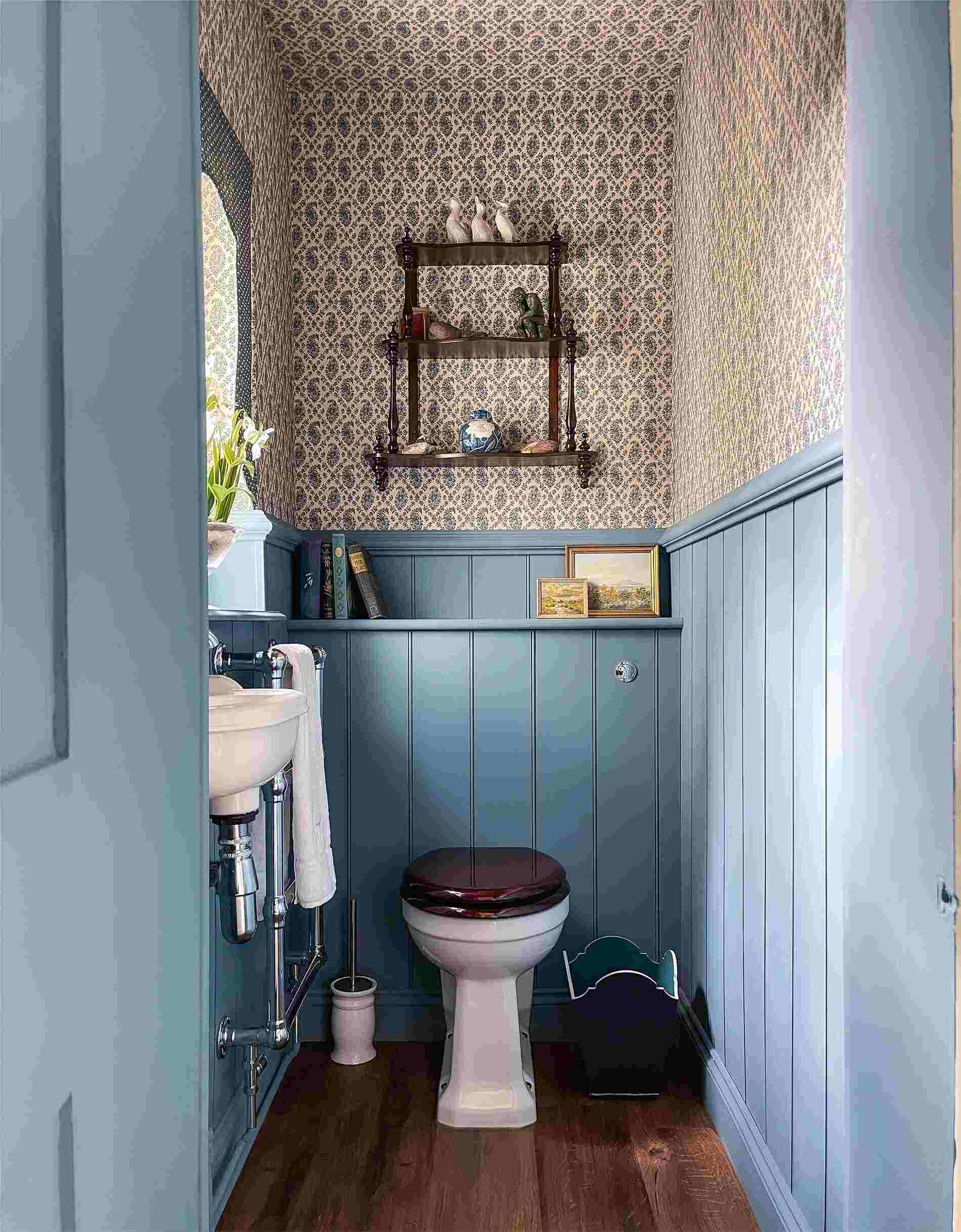
III. What is a VJ board?
VJ Board (VJ Board) is a wooden board used for interior decoration, often used for wall covering and decoration. VJ is the abbreviation of “Vertical Joint”, which means that the wooden boards are connected by vertical joints during installation.
VJ boards are usually made of solid or synthetic wood, with a smooth surface and vertical striations. They can be used to cover walls, ceilings, columns and more to add visual appeal and decorativeness to a space. The installation method of the VJ board is usually to connect the boards vertically to form an integral surface, thus presenting longitudinal lines and textures.
VJ panels are widely used in interior decoration, especially in those designs that pursue tradition, rural style or have a classic atmosphere. This kind of board can create a variety of decorative effects by selecting different woods, colors and finishes, from simple to complex, from modern to classic, all can be achieved with VJ boards.
In addition to traditional textures and colors, modern VJ boards are also innovative in design. Designers and manufacturers began experimenting with different cutting, engraving and embossing techniques to create more diverse and unique VJ board effects. This enables VJ boards to adapt to a wider range of interior design styles and meet the needs of different customers.
In general, VJ board is a decorative material full of traditional charm and natural beauty. Through the design of vertical connections, it creates a coherent and unique texture effect. Whether in a classic classic residence or in a modern interior design, the VJ board can add warmth and unique visual charm to the space.
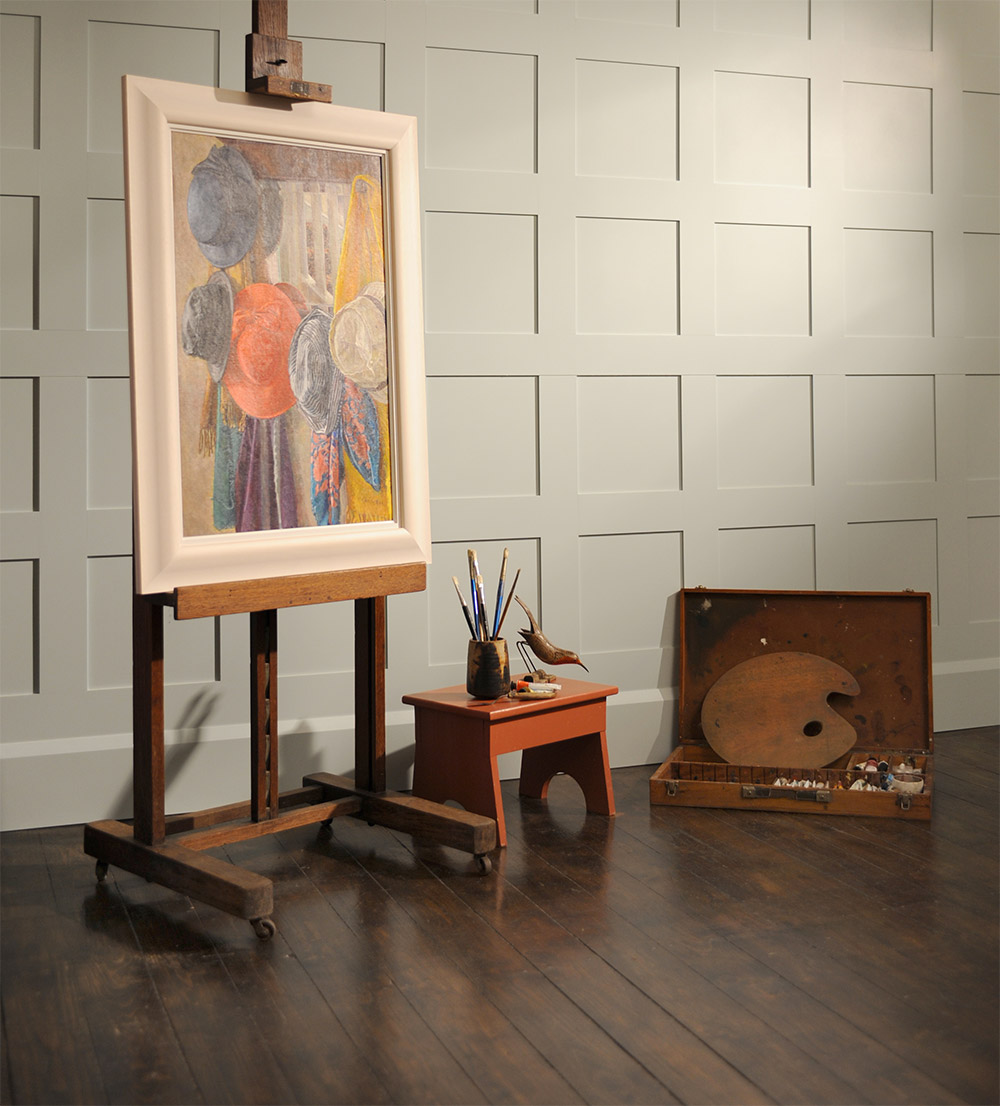
IV. What are the advantages and disadvantages of the VJ board?
Advantages
1. Classic look
With its unique vertical groove line design, VJ board brings a classic and stylish look to the interior space, which can enhance the visual appeal of the interior.
2. Highly decorative
VJ panels can create unique textures and patterns on walls, adding layering and visual interest to interior spaces.
3. Cover imperfections
If the wall has imperfect areas, cracks or blemishes, VJ panels can be used to cover up these issues while still being able to give the wall an even appearance.
4. Enhance the sense of space
The vertical line design of the VJ board can enhance the vertical feeling of the room and make the ceiling look higher, thus improving the feeling of space.
5. Sound absorption effect
The VJ board can absorb sound to a certain extent, which helps to improve the sound environment in the room and reduce echo and noise.
6. Diverse styles
VJ panels are suitable for many styles, including traditional, modern, rural, seaside, etc. Different panel designs and colors can be selected according to needs.
7. Easy to maintain
VJ boards usually feature a smooth surface that is easy to clean and maintain. Stains can be wiped away relatively easily, leaving a neat appearance.
8. Suitable for painting
The surface of the VJ board is suitable for painting, and the suitable paint color can be selected according to the interior decoration style to achieve a personalized appearance.
9. Add warmth
Wooden VJ boards can add warmth to an interior space, creating a cozy and welcoming atmosphere.
10. Quick installation
Compared with some other complicated decoration materials, the installation of VJ board is relatively simple, and the decoration project can be completed faster.
Disadvantages
1. Hygroscopicity and swelling
MDF is denser, but is still prone to moisture absorption due to the resins used in its making. When exposed to moisture, MDF may absorb moisture, causing it to swell, warp or even break down.
2. Easily damaged and scratched
The surface of MDF is relatively soft and susceptible to scratches and dents, especially if not adequately protected. Furniture surfaces often require a protective layer to avoid scratches.
3. Not resistant to moisture
Because MDF absorbs moisture easily, it does not perform well in humid environments. Prolonged exposure to moisture may cause rot and decomposition.
4. Release formaldehyde
Some MDF boards may contain volatile organic compounds such as formaldehyde, which may be released into indoor air and affect indoor air quality, especially in closed environments.
5. Weight
Because MDF is a high-density board, it is relatively heavy. This may cause inconvenience in some applications, especially where frequent movement or handling is required.
6. Limited structural strength
Although MDF is very strong and stable in the plane direction, its structural strength is relatively low in the vertical direction. This means it may not be suitable for use in structures that need to support heavy loads or are subject to sustained impact.
7. Not resistant to high temperatures
MDF is a board made of a mixture of wood fiber and resin. When exposed to high temperatures, the resin may melt or decompose, causing MDF to lose strength and stability.
8. Environmental issues
The resins and adhesives used in manufacturing MDF can contain harmful chemicals, which can cause environmental impacts during manufacturing and handling. In addition, because MDF generally does not break down easily, discarded MDF can pose challenges for waste disposal and environmental recycling.
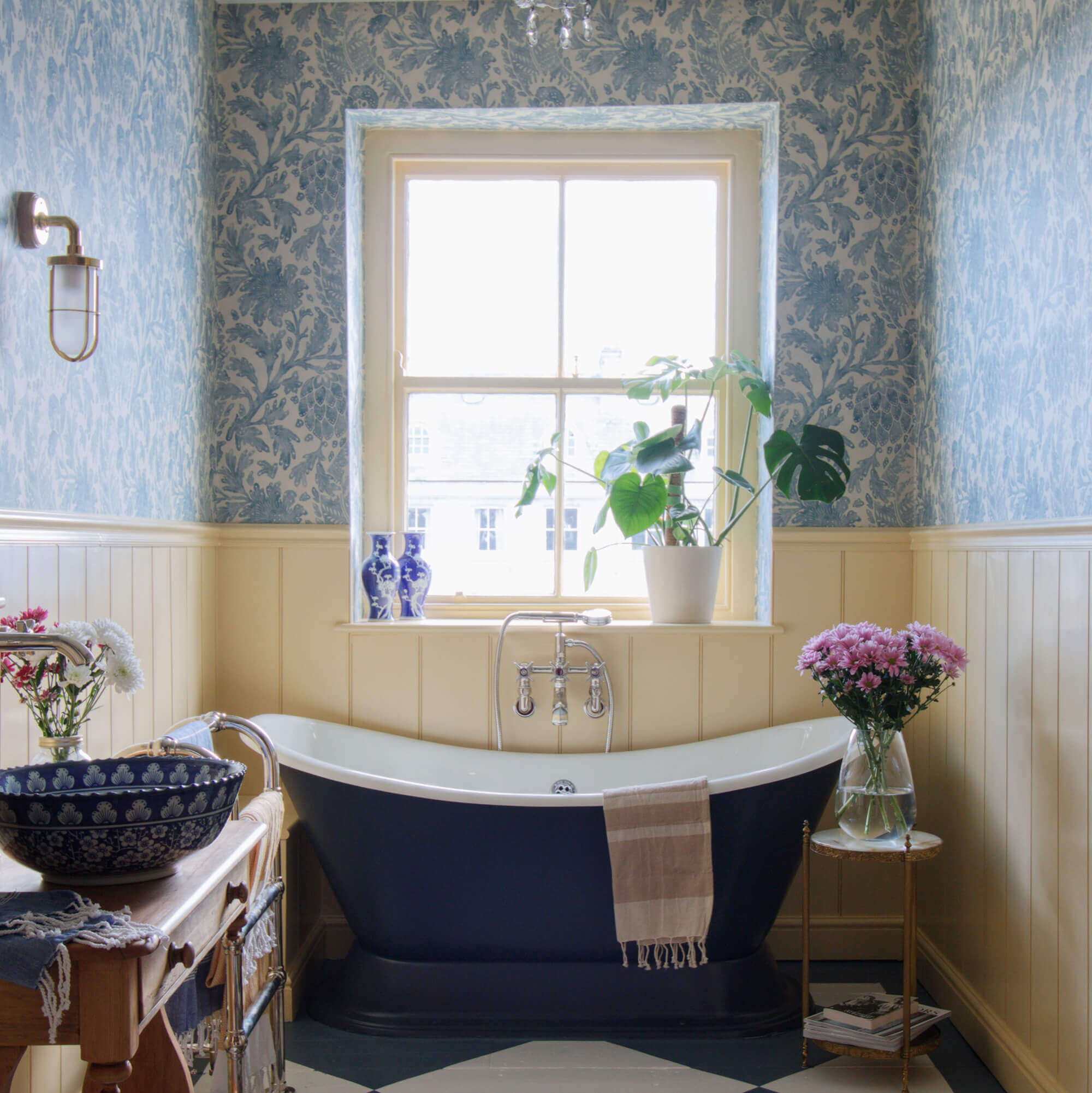
V. Comparison of the differences between MDF wall panels and VJ panels
MDF wall panels and VJ panels are two common interior decoration materials. They have some differences in material, appearance, use, etc. The following is a detailed comparison of the differences between MDF wall panels and VJ panels:
1.Material
– MDF wall panels
MDF wall panels are made from medium-density fiberboard, which is made by heat-pressing wood fibers with synthetic resin. It has a smooth and even surface and contains no solid wood.
– VJ board
VJ board is usually made of solid wood, which can be oak, pine, etc. This means that VJ boards have a more natural look and feel, with the grain and variation of wood.
2. Appearance and design
– MDF wall panels
The surface of MDF wall panels is usually smooth and can be decorated with paint, wallpaper, etc. It’s suitable for a variety of modern, custom and traditional decorating styles.
– VJ Board
VJ Board has vertical or horizontal grooves, usually V-shaped grooves, that create a pronounced seam effect. This design is more commonly seen in traditional, farmhouse, and rustic interiors.
3. Installation Difficulty
– MDF wall panels
Because MDF is relatively soft and easier to cut and customize, installation is relatively simple. It can be fixed to the wall using screws, adhesives, etc.
– VJ board
VJ board is usually made of solid wood and is relatively hard, so it may require more skills and craftsmanship in cutting, nailing, etc.
4. Style and use
– MDF wall panel
Suitable for a variety of decorating styles, from modern to traditional, as its surface can be customized into a variety of looks. Can be used on walls, ceilings, furniture, etc.
– VJ Board
More suitable for traditional, rustic and farmhouse style decor. The grooves and solid wood feel of the VJ panels add warmth and naturalness to the interior.
5. Cost
– MDF wall panels
Typically relatively inexpensive because MDF is made from wood fibers and synthetic resins and is relatively low cost.
– VJ board
Because VJ board uses solid wood, its cost is usually higher.
6. Durability
– MDF wall panels
Because MDF is susceptible to moisture and scratches, it may not be as durable as solid wood.
– VJ Board
Solid wood is generally more durable, but can still be affected by humidity and environmental changes.
All things considered, choosing MDF wall panels or VJ panels depends on your decorating preferences, budget, type of project, and whether you value the natural wood texture more. MDF wall panels are suitable for projects within a wider variety of styles and budget constraints, while VJ panels are suitable for decorative projects that pursue a traditional, natural look.
VI. Conclusion
In the field of interior decoration, MDF wall panels and VJ panels are both common choices, but they have obvious differences in material, appearance, use and characteristics. MDF wall panels are made from medium-density fiberboard and have a smooth surface that is suitable for many modern and traditional styles of decor, but has some issues with moisture and durability. In contrast, VJ boards are made of solid wood with natural grains and variations and are suitable for traditional, farmhouse and rustic decor, but their installation and maintenance may require more skill and investment.
Overall, choosing between MDF wall panels or VJ panels depends on personal decorating preferences, budget, and project needs. If you’re after a modern look, customization, and affordability, MDF siding may be a better choice. And if you prefer traditional, natural textures and more durable materials, VJ boards can meet your needs. During the decision-making process, it is crucial to consider factors such as décor style, purpose, cost and durability to ensure that the material you choose will work best in your interior.
Quick Quotation



